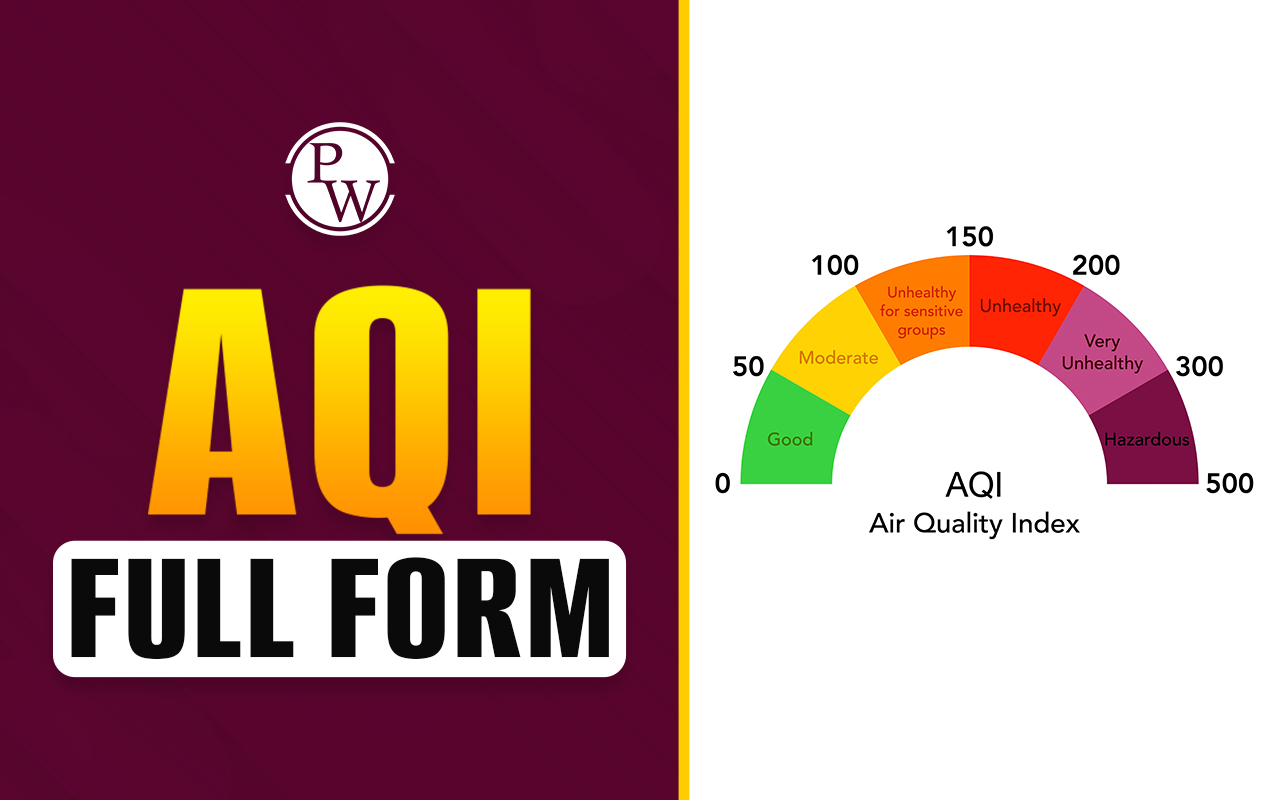

CPM stands for "Critical Path Method," while PERT stands for "Programme Evaluation and Review Technique." Managing resources, money, and time to reach specific goals is an important part of any business, and project management helps achieve this. Two popular methods used in project management are the Critical Path Method (CPM) and the Programme Evaluation and Review Technique (PERT). For decades, various industries have widely used these methods to provide project managers with a systematic approach to planning, executing, and controlling projects.
The Critical Path Method (CPM) is a project management tool that was first developed in the 1950s. It gives a picture of the whole project, including all the tasks involved and how they depend on each other. CPM helps project managers determine the "critical path" of a project, which is the sequence of tasks that must be completed on time for the project to be completed on schedule.
One of the primary benefits of CPM is that it allows project managers to identify critical tasks and ensure that they receive the necessary resources and attention. This information is useful for making decisions because it helps project managers decide which tasks are most important and how to best use their resources.
The Programme Evaluation and Review Technique (PERT) is a project management tool that was first developed in the late 1950s for U.S. Navy projects. Like CPM, PERT is a graphical representation of a project, but it is more flexible and focuses on the uncertainties associated with project tasks. It uses a weighted average to figure out how long it will take to finish a task, and it lets you show optimistic, pessimistic, and most likely scenarios. It is also useful in managing complex projects, as it provides a visual representation of the project and its interdependencies.
Advantages of Using CPM
One of the best things about CPM is that it shows a clear picture of the whole project, including all tasks and how they depend on each other. This helps project managers quickly identify the critical path and allocate resources accordingly. CPM also helps find out how much time each task has left over, which helps project managers decide which tasks are most important and how to allocate resources. Another advantage of CPM is that it is a well-established method with a proven track record of success. It has been used in a wide range of industries for decades and has been refined and improved over time to meet the changing needs of project managers. Additionally, CPM is easy to use and understand, even for those with little or no prior experience in project management.Advantages of Using PERT
One of the best things about PERT is that it lets you show how uncertain things are in project management. This is particularly useful for complex projects where there is a high degree of uncertainty about task completion times. PERT helps project managers identify potential risks and develop contingency plans that can help mitigate these risks and ensure the success of the project. Another advantage of PERT is that it provides a flexible approach to project management that can be adapted to meet the specific needs of each project. This allows project managers to make informed decisions about resource allocation and to adjust their plans as needed based on changing circumstances. Additionally, PERT is easy to use and understand, and it provides project managers with a comprehensive view of the entire project.Limitations of CPM
One of the problems with CPM is that it assumes all tasks will be done in the time they are supposed to take, which isn't always the case in real life. This can lead to incorrect predictions about project completion times and result in project delays. Also, CPM doesn't let you show uncertainty in project management, which can be a big problem for projects with a lot of moving parts. Another problem with CPM is that making and keeping a CPM schedule can take a lot of time and resources. This can be a significant challenge for projects with many tasks and dependencies and can limit the effectiveness of the CPM method. Also, CPM can be hard for new project managers to use because it requires a certain level of technical knowledge and an understanding of how to run a project.Limitations of PERT
One problem with PERT is that it can be hard to figure out how long it will take to finish a task, especially on complicated projects. This can lead to incorrect predictions about project completion times and result in project delays. Also, making and keeping a PERT can take a lot of time and resources, which can be a big problem for projects with a lot of tasks and dependencies. Another limitation of PERT is that it does not provide a clear visual representation of the project and its dependencies, which can make it more difficult for project managers to understand the project as a whole. Also, PERT can be hard for new project managers to use because it requires a certain level of technical knowledge and an understanding of how to run a project. [wp-faq-schema title=" Full Form of CPM and PERT FAQs" accordion=1]What is the main difference between CPM and PERT?
The main difference between CPM and PERT is that CPM focuses on finding the critical path of a project and making sure that critical tasks get the resources and attention they need. PERT, on the other hand, focuses on estimating how long tasks will take to finish and figuring out what risks there might be.
Can CPM and PERT be used together?
Combining CPM and PERT offers a comprehensive view of a project and its associated risks.
Which method is better at managing large projects?
PERT provides a more flexible approach to project management and enables the representation of uncertainties and potential risks, making it better for managing large projects.
Which method is better at managing simple projects?
Most people think that CPM is better at managing simple projects because it is easy to understand and focuses on finding the critical path.
Talk to a counsellorHave doubts? Our support team will be happy to assist you!

Check out these Related Articles
Free Learning Resources
PW Books
Notes (Class 10-12)
PW Study Materials
Notes (Class 6-9)
Ncert Solutions
Govt Exams
Class 6th to 12th Online Courses
Govt Job Exams Courses
UPSC Coaching
Defence Exam Coaching
Gate Exam Coaching
Other Exams
Know about Physics Wallah
Physics Wallah is an Indian edtech platform that provides accessible & comprehensive learning experiences to students from Class 6th to postgraduate level. We also provide extensive NCERT solutions, sample paper, NEET, JEE Mains, BITSAT previous year papers & more such resources to students. Physics Wallah also caters to over 3.5 million registered students and over 78 lakh+ Youtube subscribers with 4.8 rating on its app.
We Stand Out because
We provide students with intensive courses with India’s qualified & experienced faculties & mentors. PW strives to make the learning experience comprehensive and accessible for students of all sections of society. We believe in empowering every single student who couldn't dream of a good career in engineering and medical field earlier.
Our Key Focus Areas
Physics Wallah's main focus is to make the learning experience as economical as possible for all students. With our affordable courses like Lakshya, Udaan and Arjuna and many others, we have been able to provide a platform for lakhs of aspirants. From providing Chemistry, Maths, Physics formula to giving e-books of eminent authors like RD Sharma, RS Aggarwal and Lakhmir Singh, PW focuses on every single student's need for preparation.
What Makes Us Different
Physics Wallah strives to develop a comprehensive pedagogical structure for students, where they get a state-of-the-art learning experience with study material and resources. Apart from catering students preparing for JEE Mains and NEET, PW also provides study material for each state board like Uttar Pradesh, Bihar, and others
Copyright © 2025 Physicswallah Limited All rights reserved.











